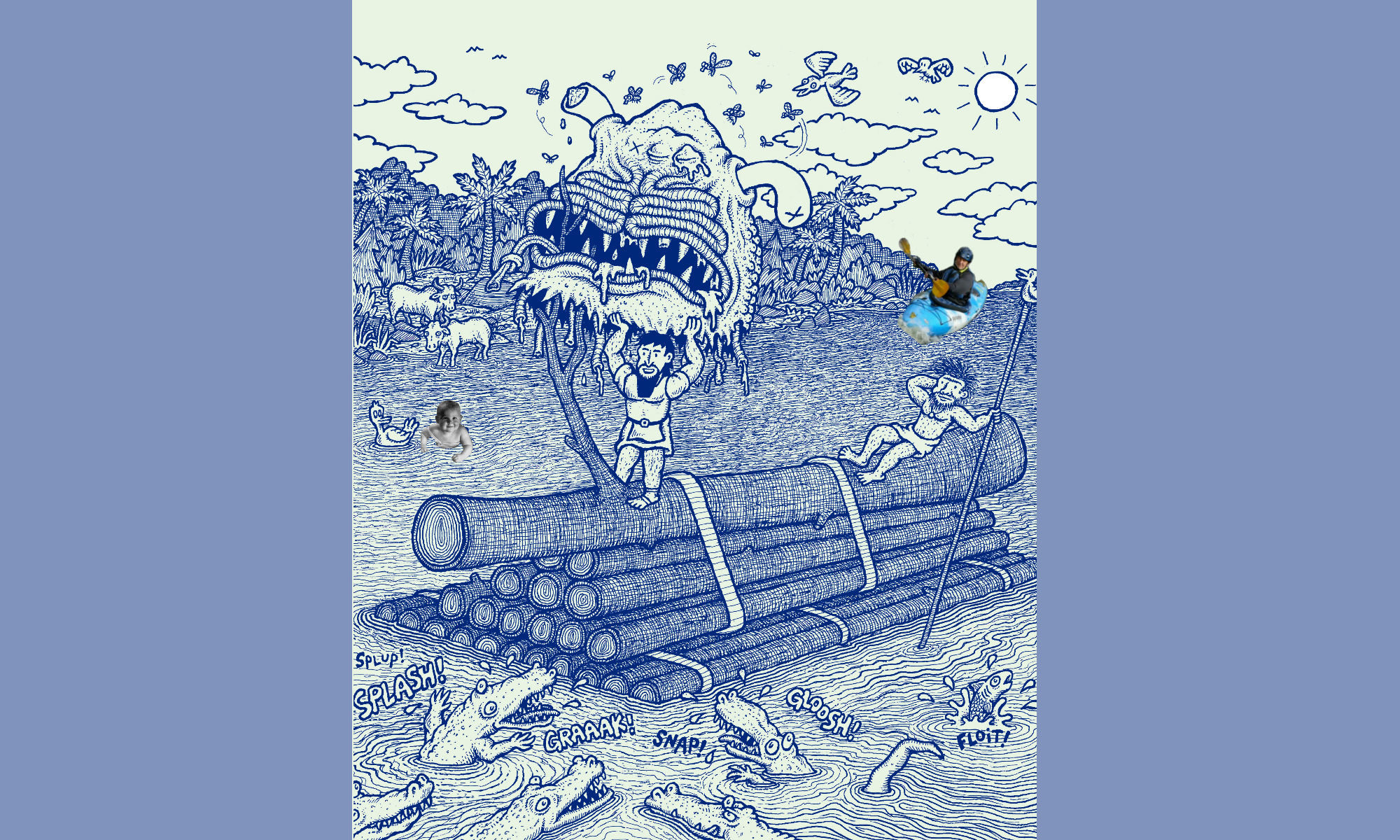If your unsure about ap’strophes, & dont know that its a tipoff that your a compleat moroon if you’re own personal its comes with an apostrophe at the end, after the s, then go to (k) possessives, and find out their why they’re are simple syntactical reasons for the way possessive pronouns are spelled, and also that thair is only one either/or rule for all possessive nouns. Just one! (with a tiny correllary)
[And if you don’t now have a headache from the confusions of there/their/they’re/thair and your/you’re just above,
you might think about banging your head on a wall until you do.]
Meanwhile, most likely, the source of confusion for those that aren’t quite sure where to put the apostrophe to show a contraction, like from do not => don’t, and where to put an apostrophe that’s used to show possession, Mary’s lamb, all has to do with the apostrophe itself. An apostrophe is an apostrophe, right? Standing for… …? What does an apostrophe stand for again?
Really, answer that: The apostrophe stands for __ ______ __ __ _____ __ __ ______ __ ______
(Try it. Fill in those blanks.) Hint: a letter or a word or a group of words
The apostrophe stands for a letter or a word or a group of words that
has been left out. Omitted. Dropped from the page. Kapoof!
The time is twelve o’clock. What got left out in o ‘ clock ? (Answer: the hour hand, because it’s hidden by the minute hand.) (Humor.) What about three o’clock, then?
It’s three of the clock, or on the clock. And it got said so fast so often that the of the turned into a sort of half-blubber, three o’duh clock, and finally–this can take centuries–it was both pronounced and then finally represented on paper (“spelled”) with just the o’ : It’s three o’f the clock.
That group of words is said to have contracted, down to what was being said. Also true of:
don’ot couldn’ot isn’ot can’not wasn’ot ’cause (for be’cause) He’is She’is
They’are It’is —-whoa! There’s our little demon. It’s is a contraction of it is.
And, in fact, all these contractions center around the short everyday auxillary verbs–is/was are/were should/could/would have/had All those come from just two verbs–to be, and to have.
It’s cool. He’s ok. She’d had her nap already. They’re very happy. I haven’t been listening. You weren’t either, but you should’ve been. But I can’t. It is a problem: it’s a big problem.
It’s is a contraction of the tiny verb clause, it is. The other its, as in my cat, its whiskers; the storm,
its thunder; our love, it’s dead. Versus, our love, its purity.
It’s = It + is (with the i from is dropped out)
my our
its = a possessive pronoun, in the same family with: your your
his,her,its their
‘
its’ and its These are really bad. The first one is stupid: it means you don’t know
diddle about possessive pronouns or about contractions, and the second
one, where the apostrophe hovers above the s somewhere, put it where
you like, dear Reader… that one is sort of cute. But readers can tell. You’re
not getting away with nothin.
It’s a mildly charming fudge to spell its or it’s with the apostrophe sort of
hanging above the s, maybe to the right of it, maybe to the left, but apostrophes stand
for letters left out, so really its best rendition would be: it’
But that sort of looks like ‘it, if you get what I mean.
